November 27, 2016
Martha O'Kennon
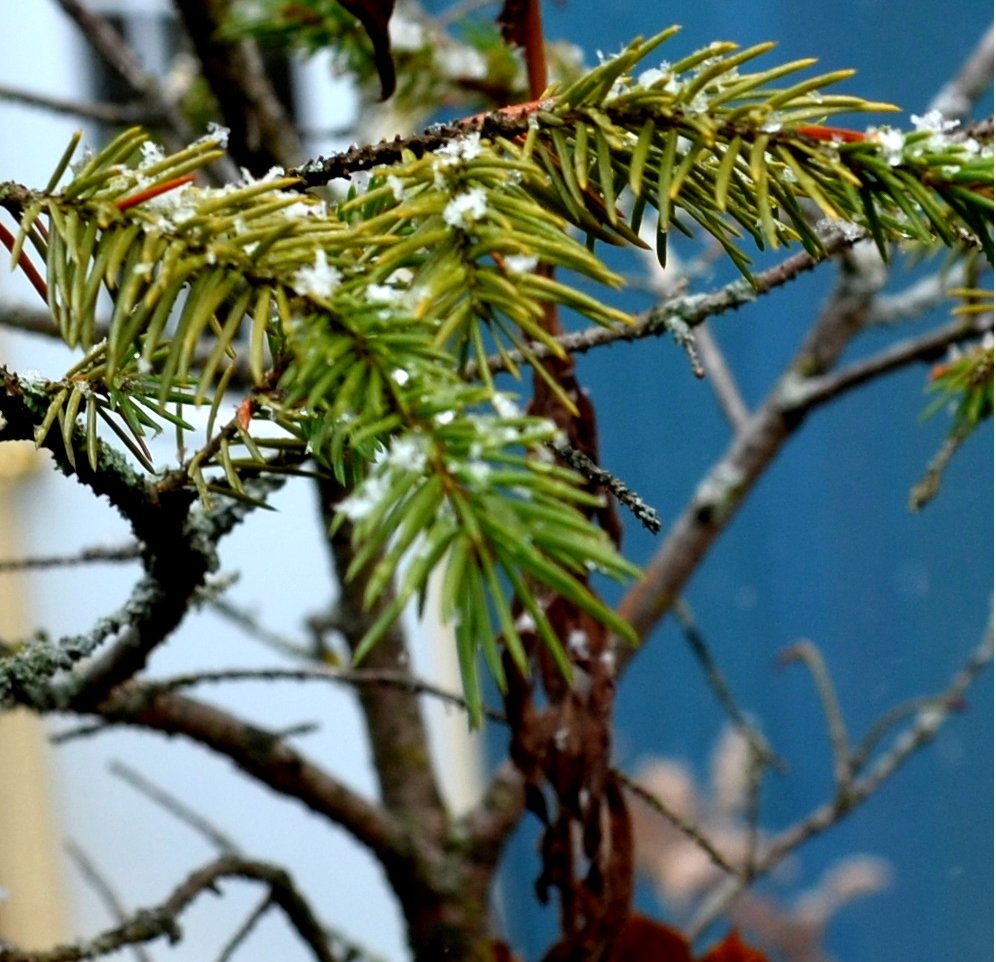
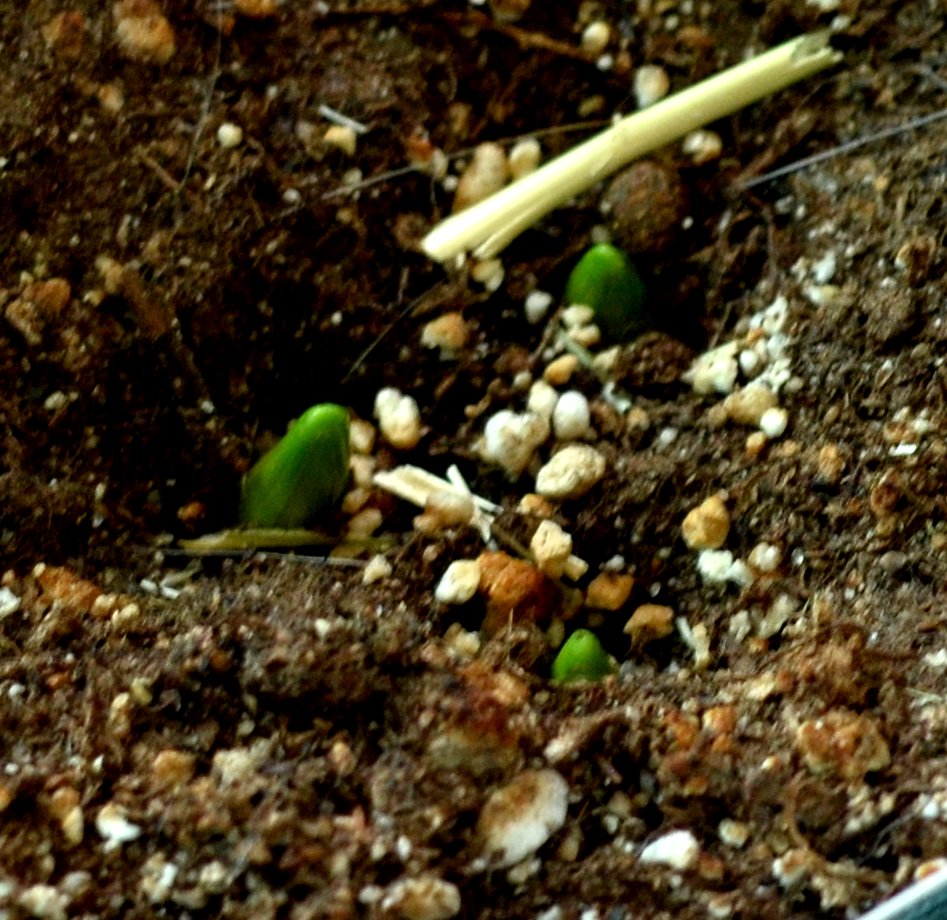
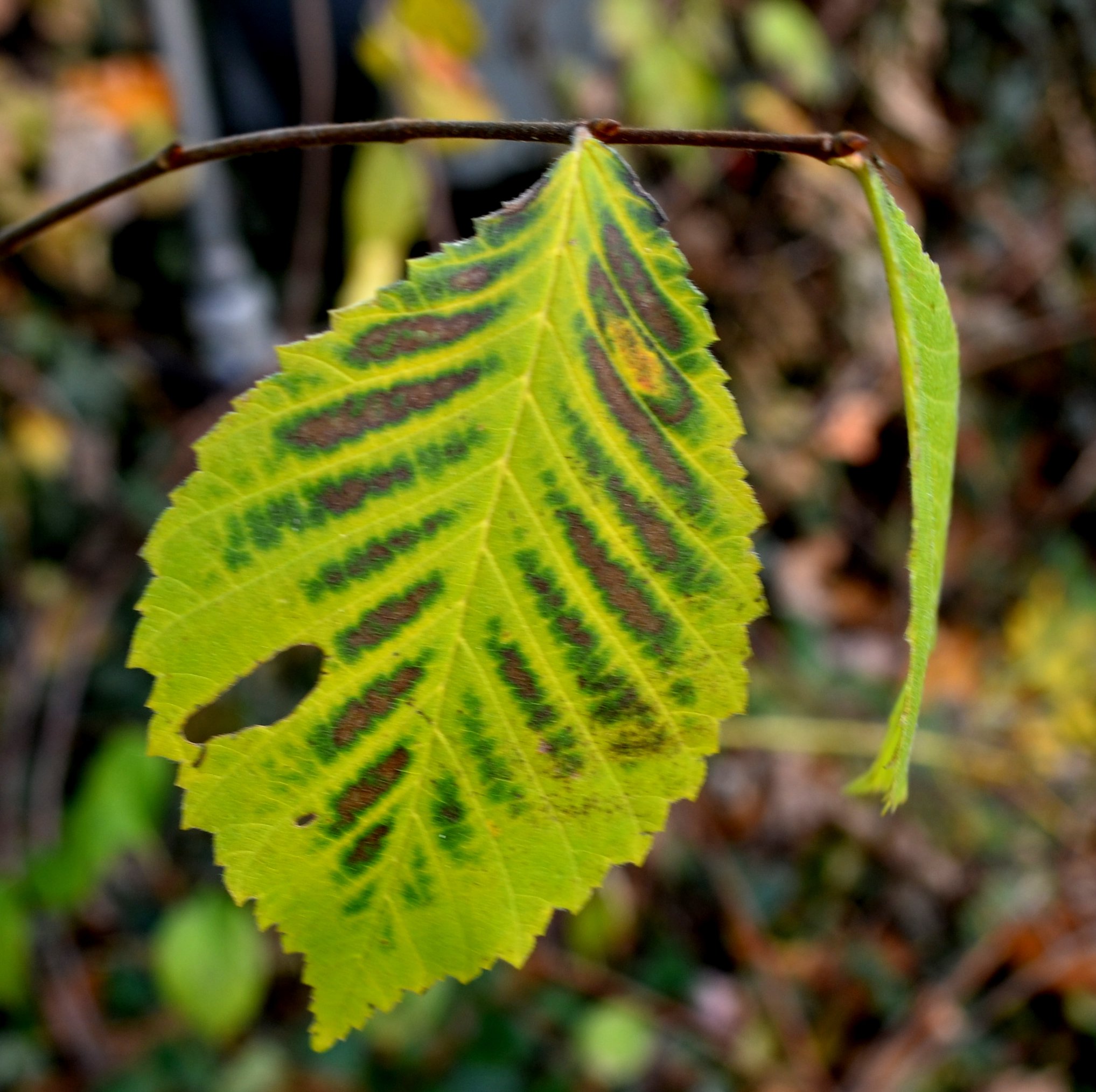
In the past two weeks, there has been a steady decrease in pictures of insects and spiders, even the ones appearing on the shop siding. Last week you got the plain e-letter due to decrease in patronage of the shop even by the most faithful customers. Here is my bonsai blue spruce with the season's first snowflakes. In the kitchen we found a pot whose contents never made it into the ground. I'd bought in the spring a pot of blue hyacinths, meaning to plant them outside when it warmed up some. The most amazing part of finding this pot, which had not been watered all summer till now, with three hyacinth sprouts trying to rush the next spring. Out back, the elm leaves were showing a curious pattern of blue and purple between the veins.
Remember that there is information in the name of the file for each image. You can see it by mousing over the image - look at the lower left of the screen.
I would try clicking on the image. If the little "+" sign appears, it means you can enlarge again. While it is in "+" mode, click on something you want to see more clearly and it will zoom to that section. Then the info is displayed in the address line above. If the image has been cropped
so that clicking on it doesn't result in a larger picture, you can always hit control-plus to increase the size of the image.
I haven't seen any of the faithful so-called carpenter ants, but this much smaller reddish ant (Small Honey Ant) has been active out the siding for the intervening two weeks. And this odd aphid showed herself on November 13, just after the last blog went to bed. It is a new one to me! I have an ID request in to Bugguide.net. The pretty black, white and yellow barklouse (Graphopsocus cruciatus) has been here every day.
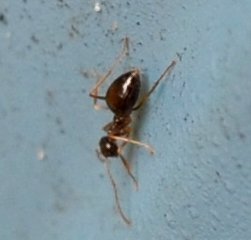
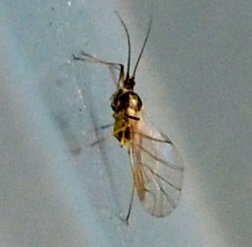
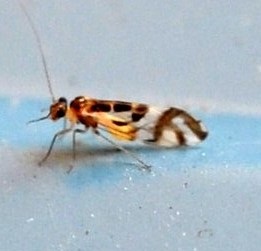
This beetle in shades of brown and grey didn't seem to show up in Bugguide's usual cast of characters. The second one is a weevil,as you can see from its long "snout". The next two images are a dorsal and a side view of our old comrade the redbud bruchid.
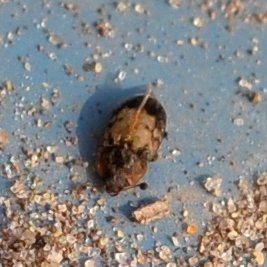
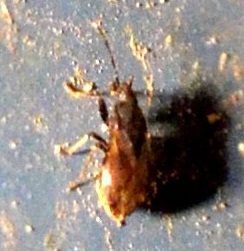
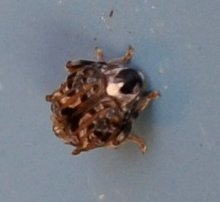
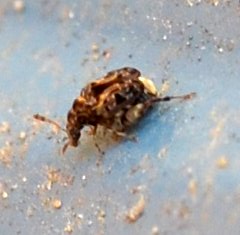
Moving on to bugs, here's a surprise! An assassin bug Zelus luridus has turned from green to red. I used to think the green ones and the red ones were two separate species, but I guess not... The important thing is that of the two Zelus Assassin Bugs in Michigan, only one (like this one) has red eyes!) Here's one of those brown bugs we've been seeing quite a lot of lately. Here is a damsel bug but not quite the same as the one we saw last time. This one is pinker, the last one was greyish. I think doesn't matter so much and maybe this one is Nabis roseipennis, which indicates "pink wings").
Oh! One of our readers said that I shouldn't have said "Us damsels are tough", but "Us damsels are nasty!" Nobody cared about the "Us" used in a subject position. Quick quiz: Which is more nearly correct- "for We the People" or "for Us the People"? Which one do you see in print more often?
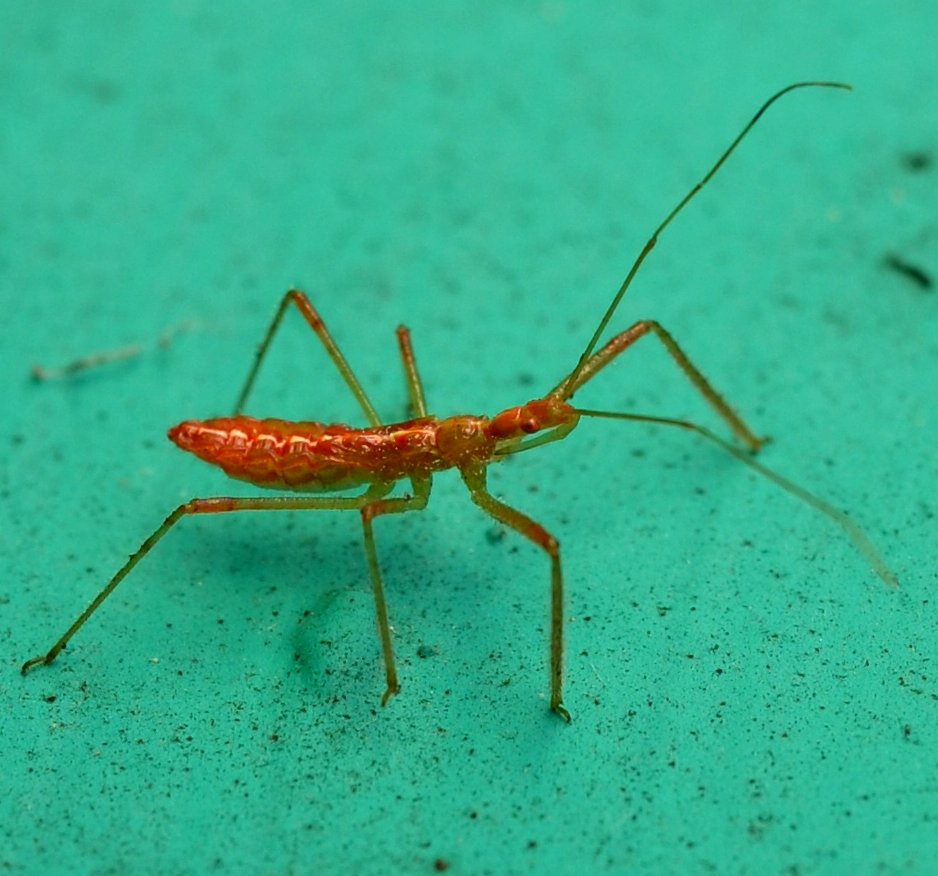
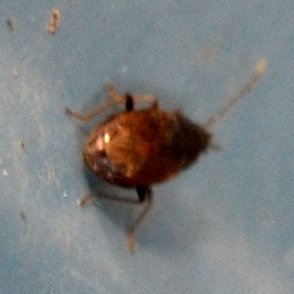 I think
I think
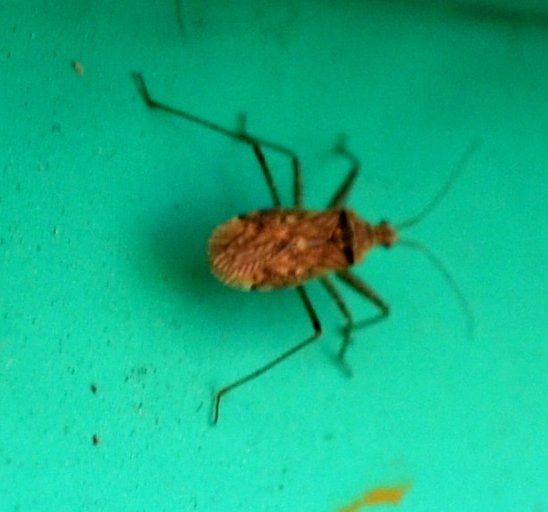
Here is one of the little white leafhoppers that get spots when we get nearer, genus Eratoneura. Do you think it is allergic to us? Here are two color schemes. Another one showed up in this picture of an upside-down dead stinkbug, but I didn't notice it till I was cropping the image. And here's a whitefly, which may make you wonder why it is displayed here and not with the other flies? Oh all right, it's because the whitefly is a BUG, more specifically, a parasite of plants. Maybe you've had a houseplant covered with little white critters but it's too soon to put it outdoors. I've had the experience of having such a plant recover and fight off the whiteflies (or other pests) - its little system wasn't getting what it needed indoors - maybe more light, maybe something else? Whatever - the system was able to fight off the disease fairly quickly. Has this happened to you? Maybe one of you would like to share your experience with plant parasites?
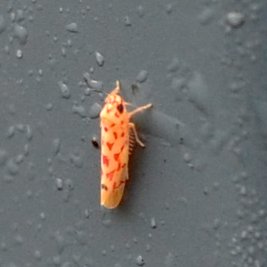
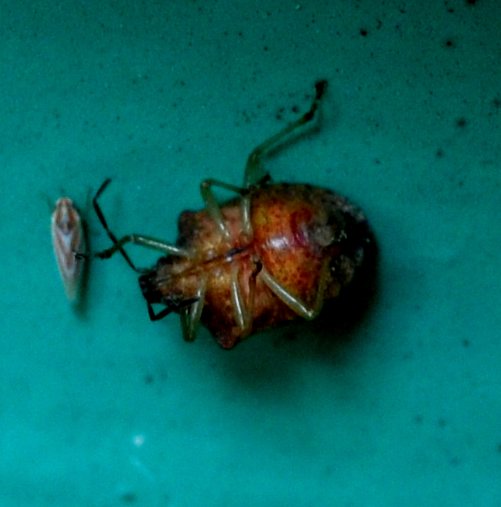
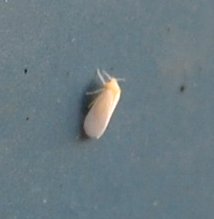
You remember a few (two or three) weeks ago, when my neighbors' euonymus was alight with red leaves and mine was still a bit green(certainly not red) ? Well, it got even. For a few days it was brilliant, and now that I'm showing you the picture, it is almost leafless.. Entering the domain of the flies, we still have this crane fly. And this fungus gnat.
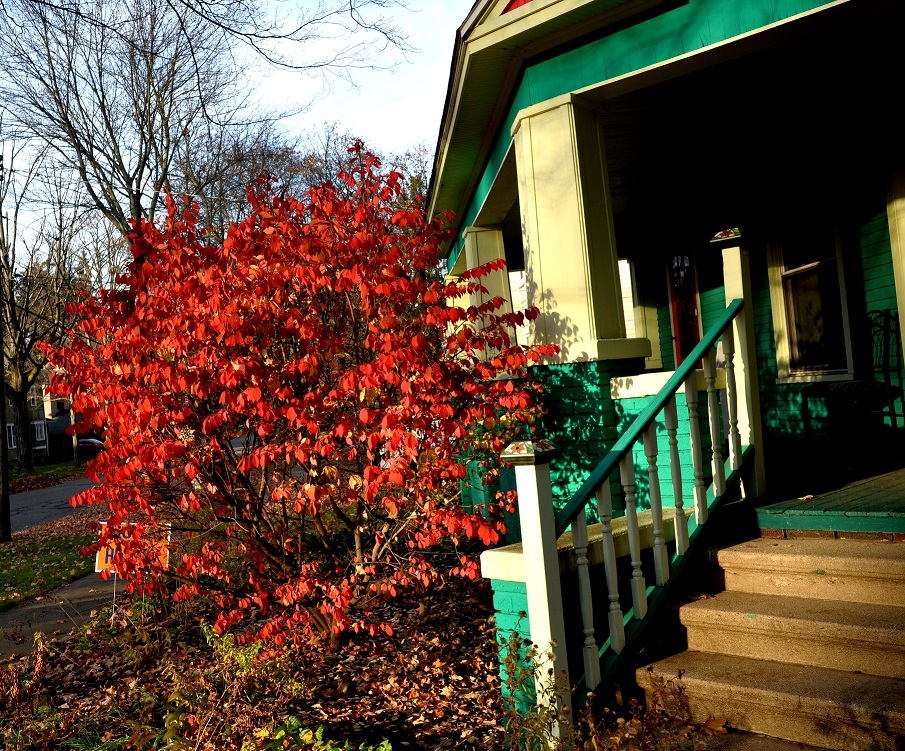
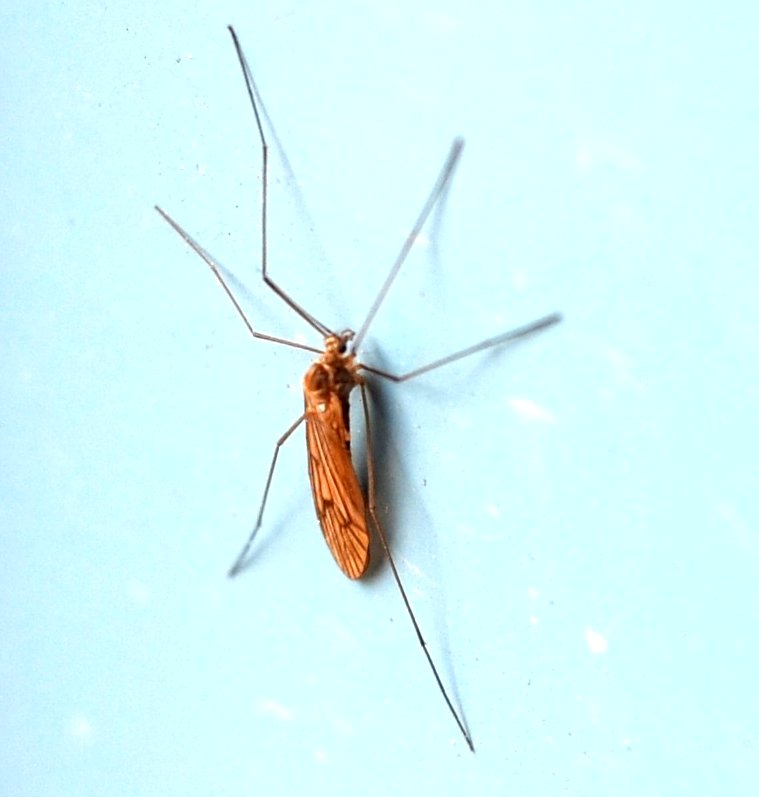
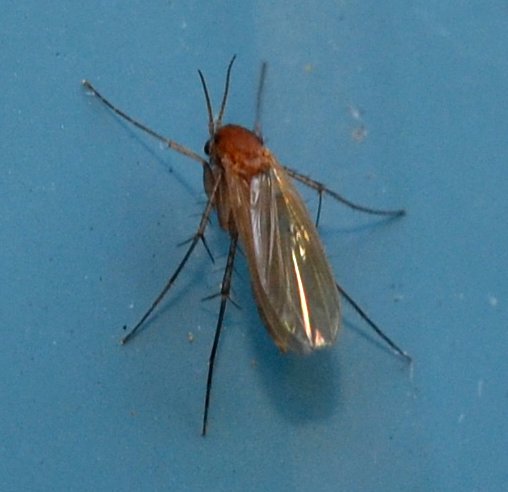
Look at this probable gnat, with its immensely long legs. And this green-eyed mosquito, which I seem to recall seeing in March. And this oft-recurring orange fly. And this rather ugly fly.
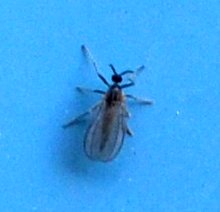
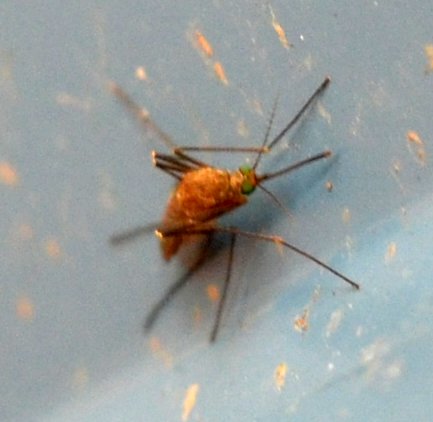
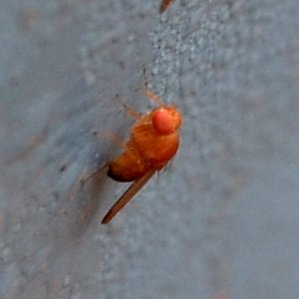
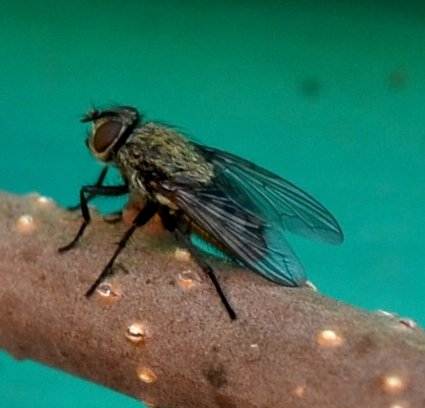
The baby harvestmen are growing at a good rate these days. The youngest ones have really short legs except for the front ones.
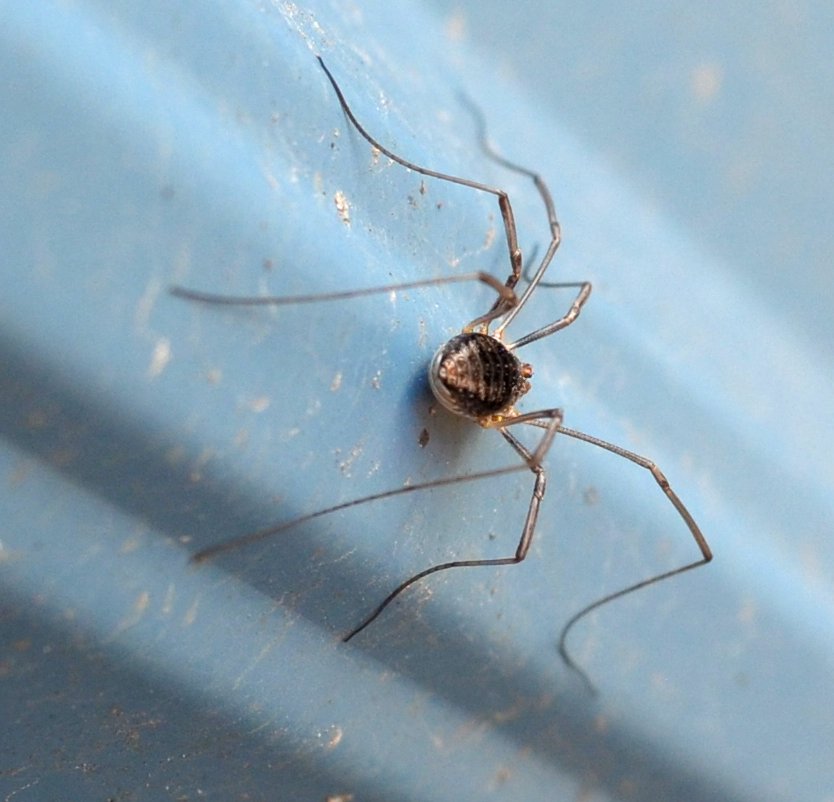
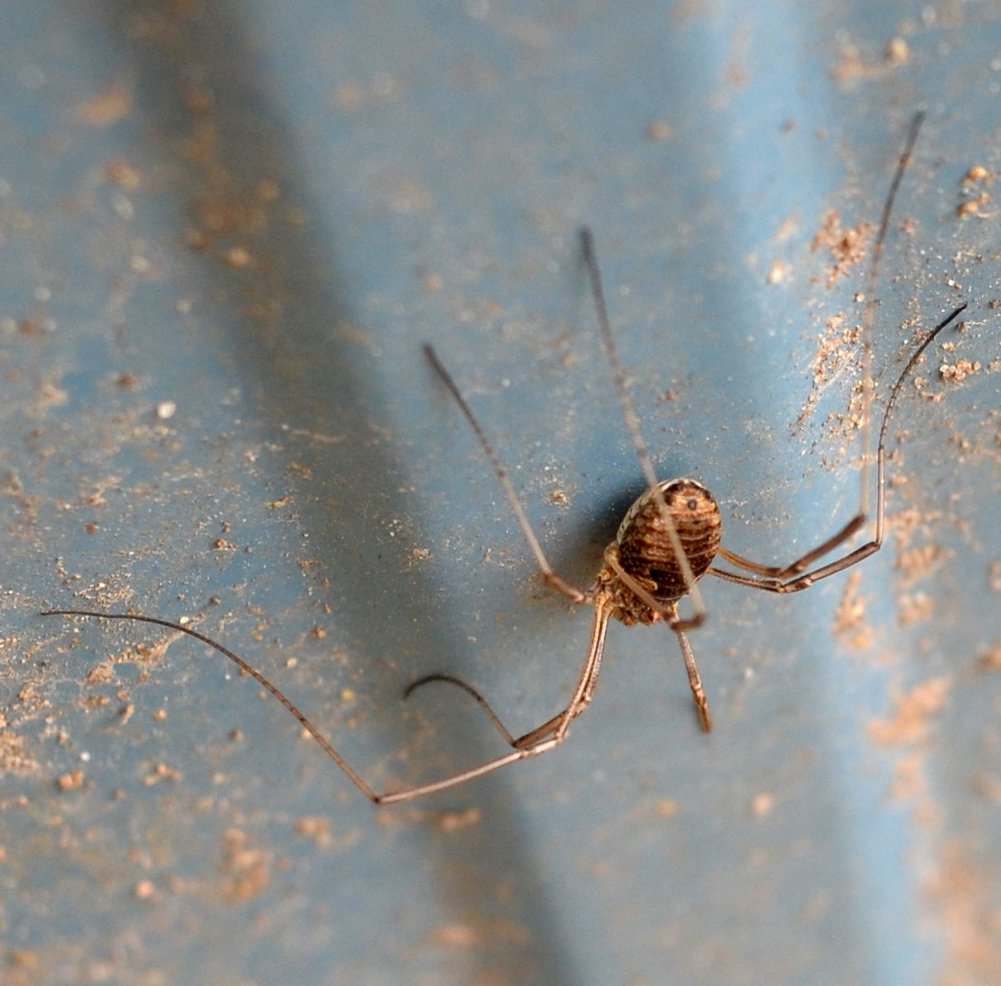
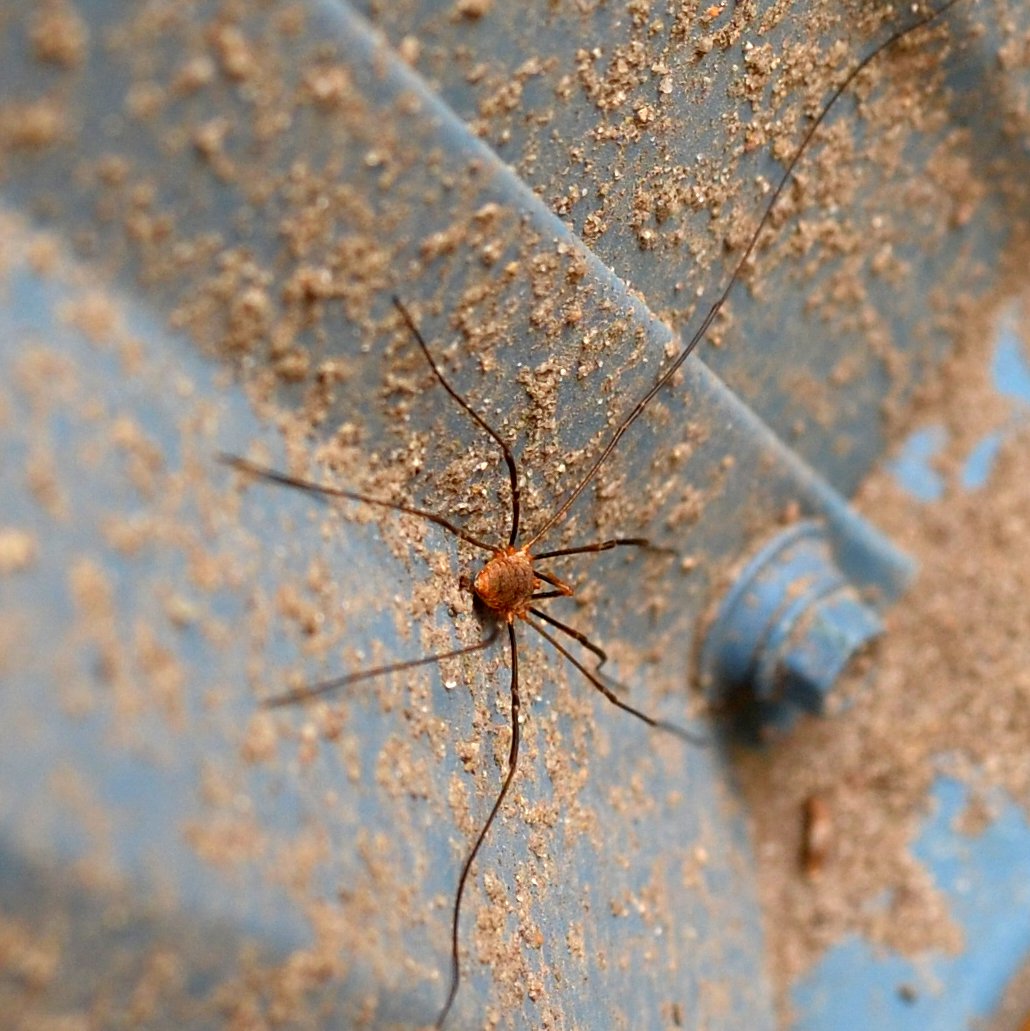
Here is a truly lacy-looking lacewing. The sunlight seems to catch the little scales just right. This second picture is of some mysterious thing taking place. I'm going to guess it was a spider with some hefty prey, but that doesn't make it true. The third image is of some disassembled fly, probably a crane fly. Does it look like a mobile by Calder?
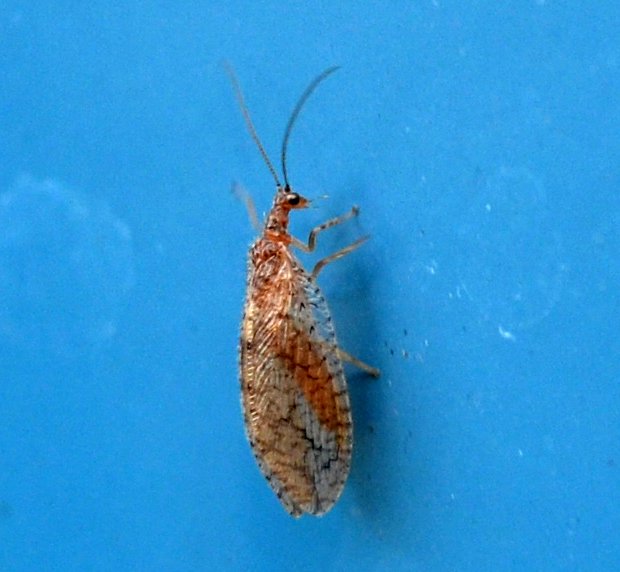


Here's one of our faithful pillbugs, that snail shell (a Glossy Pillar), that has sat on the siding for a couple of months, and something that I mistook for a leafhopper at first. It must be a case that some creature just emerged from.

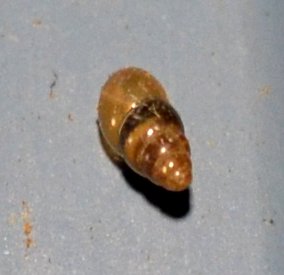

Even before all the leaves have fallen on the pond, there was a layer of ice on top - frozen right to the net- for at least one recent morning. All right, let's see how many spiders showed up this period. The first spider is of course a Common House Spider. The next is probably a cobweb spider (based on its round abdomen). Wait, at this time of year it might be one of the Dwarf Spiders such as genus Grammonota.
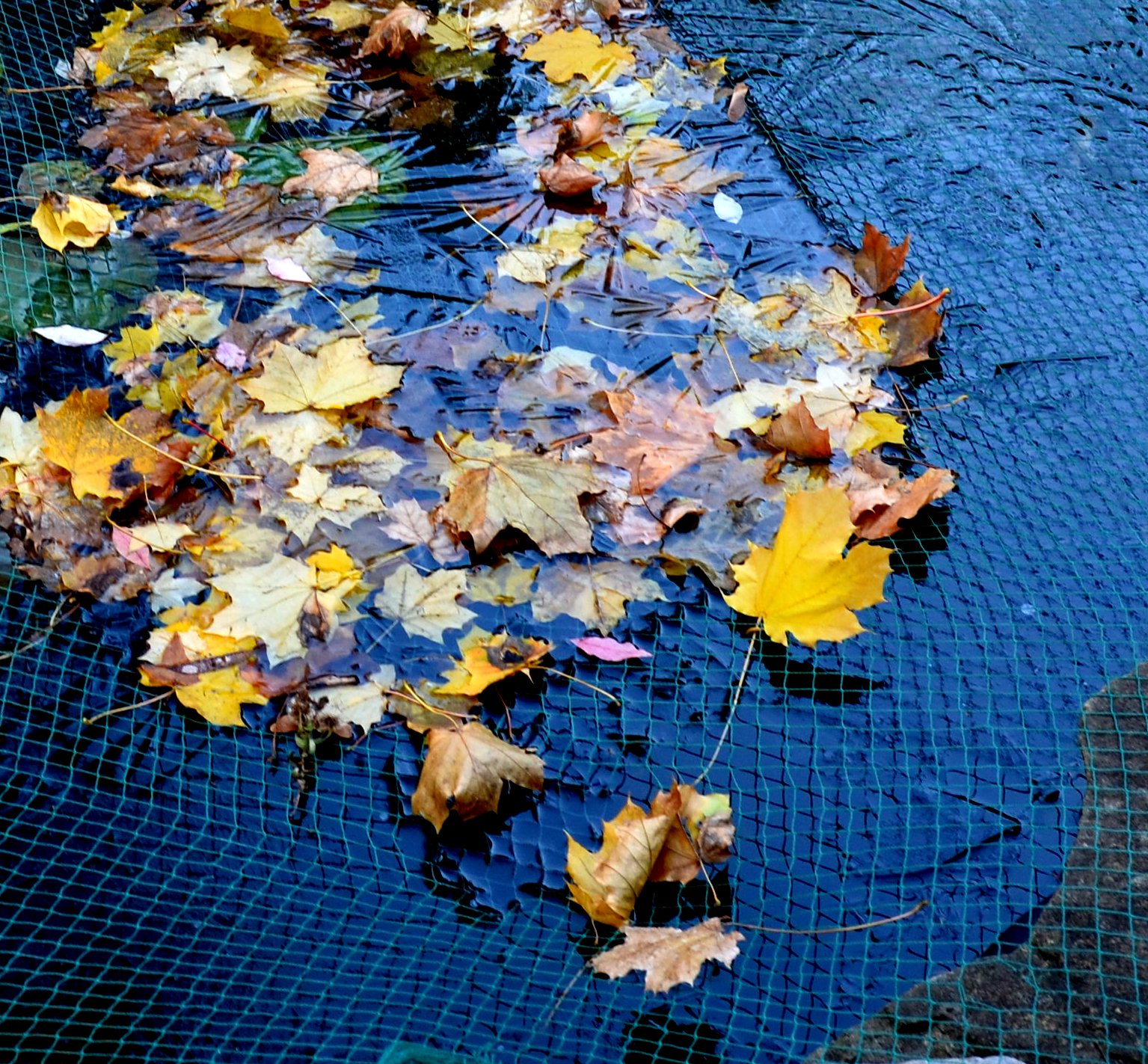
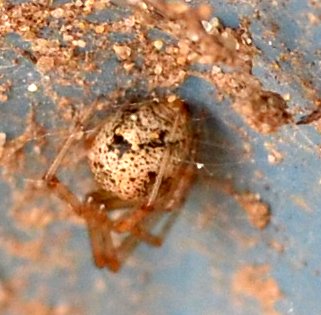
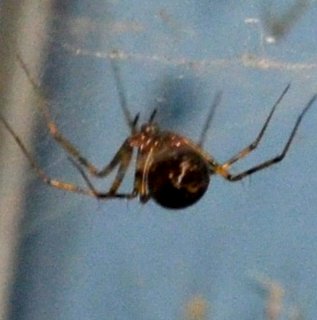
First, some kind of jumping spider. Then a long-jawed orb weaver. Doesn't the third one look like a gorilla with spider arms showing its teeth?
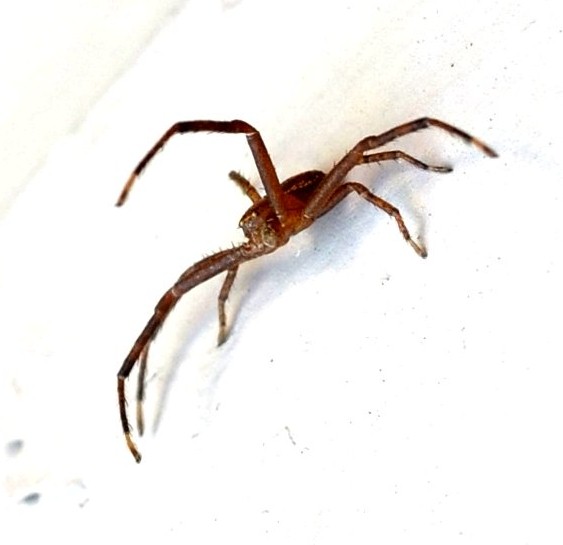
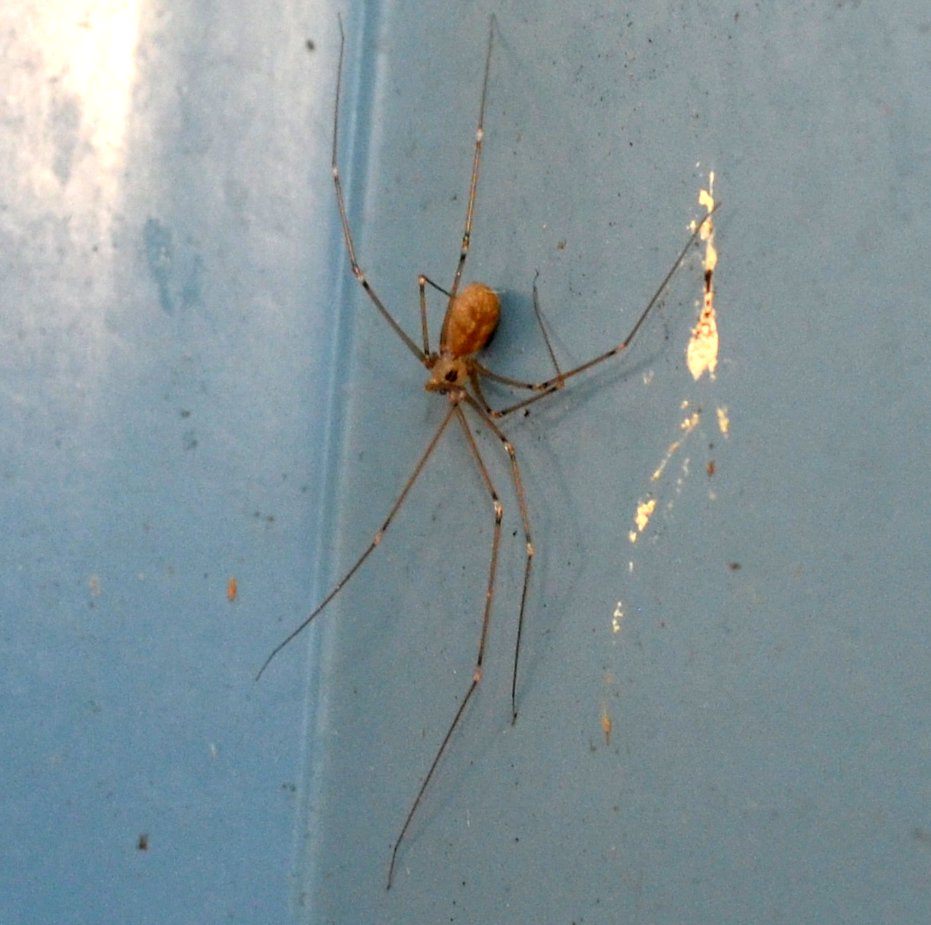
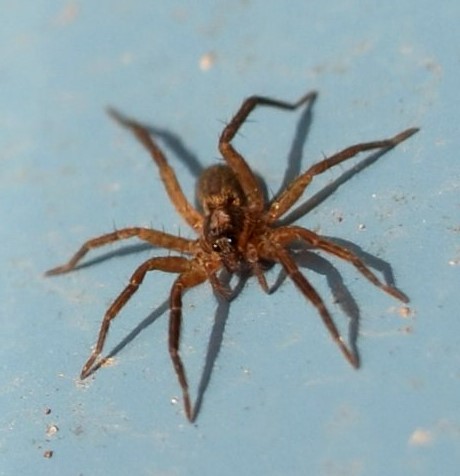
That stump is really falling apart now. Next year it may house even more ichneumons and beasties that enjoy rotting wood for nests. The trumpetvine is silent now, with only a couple of pods left to show it had been alive. This dying yellow jacket looks like a Vespula germanica worker from its dorsal view, but also seems to have seven segments, the mark of a male.
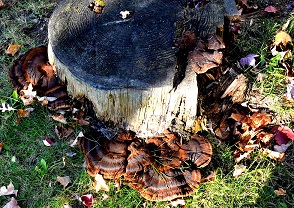
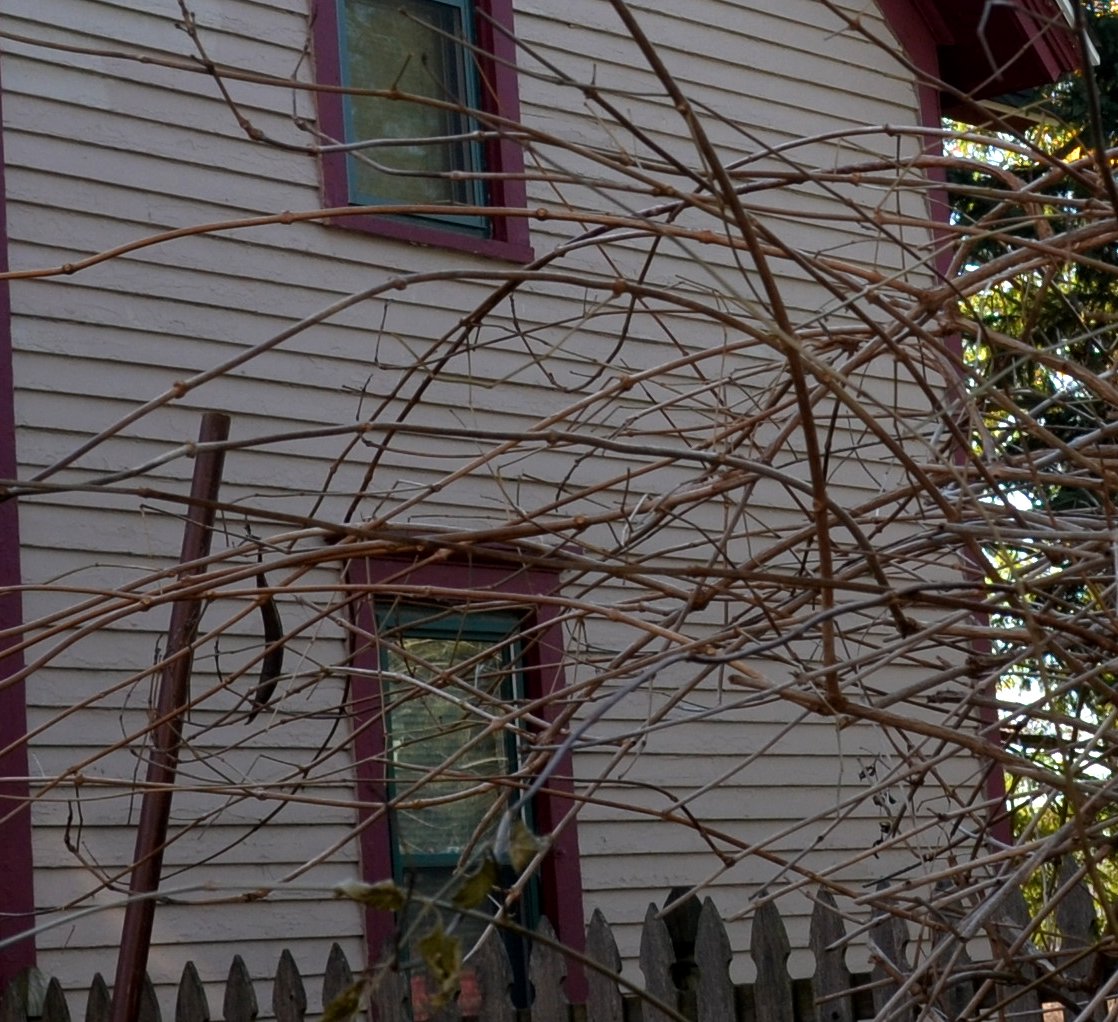
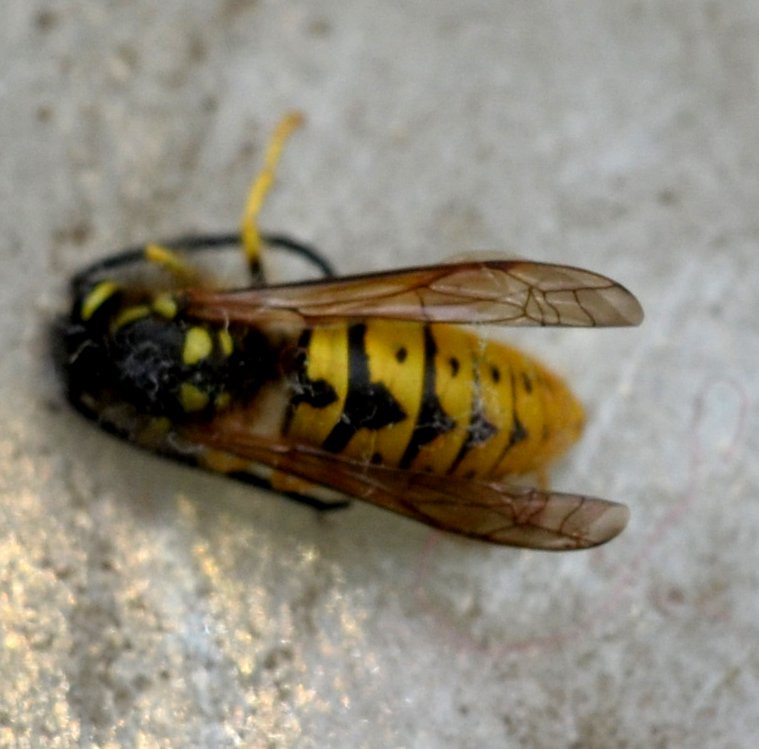
Oh! One more picture. As of today, November 27,2016, the big wasp nest in the attic is uninhabited.
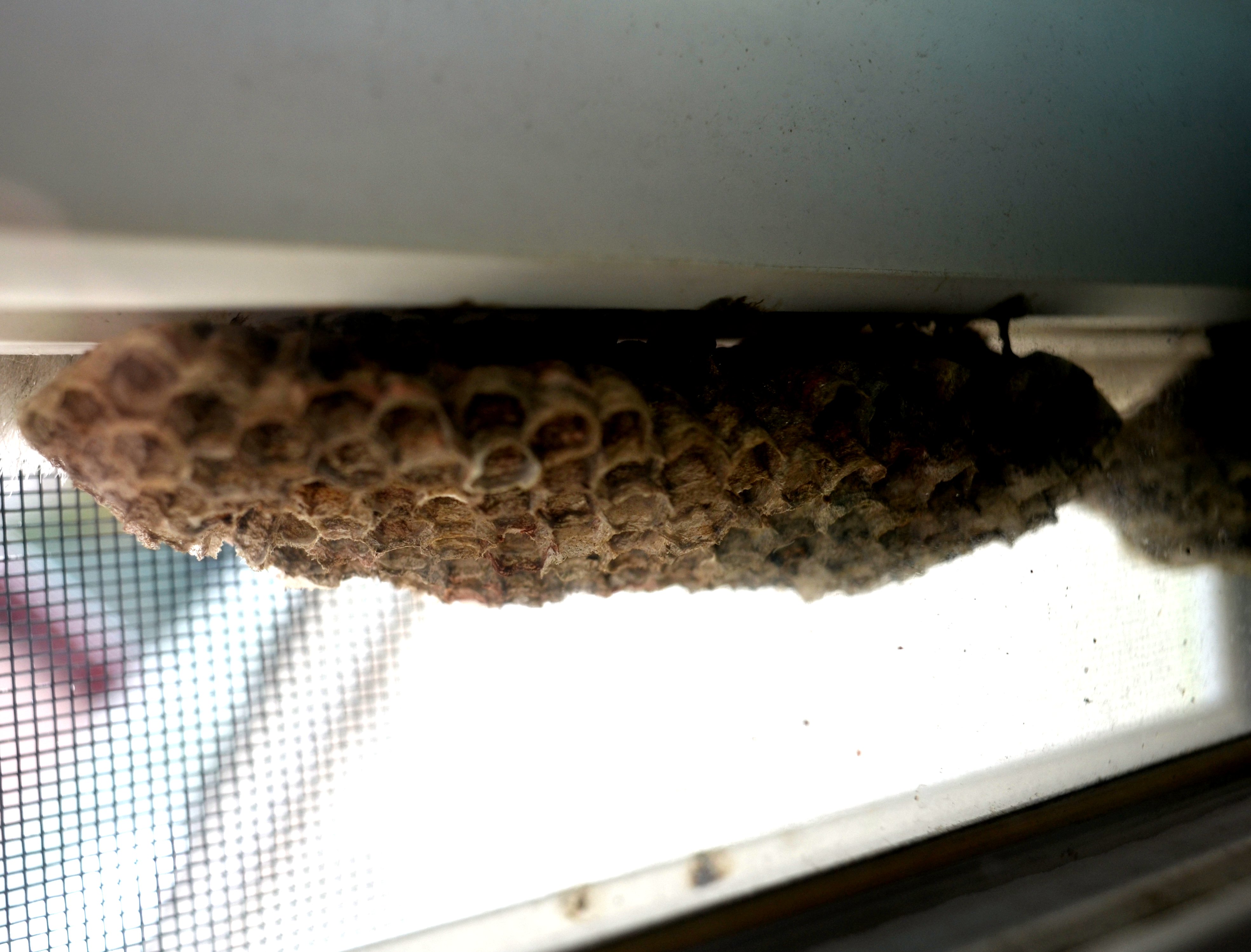
Well, friends, autumn is sliding into winter. I'll mostly stick to a bi-weekly format from now till March, but if some surprising trends take place, I may insert a few extras. Please enjoy whatever season you're sliding into, and be careful in sun or snow.
Here's something I've been working on - I'm trying to assemble a group of pictures of arthropods that seem to be enacting human postures and emotions.
Anthropomorphisms in the Insect World
After this, you will be able to get to this page as well as to the CHEERUP SONG page from the 2016 menu.
Love, Martha
Back to November 13
On to December 11
Back to 2016 menu
Back to main menu
copyright Martha O'Kennon 2016














 I think
I think





























